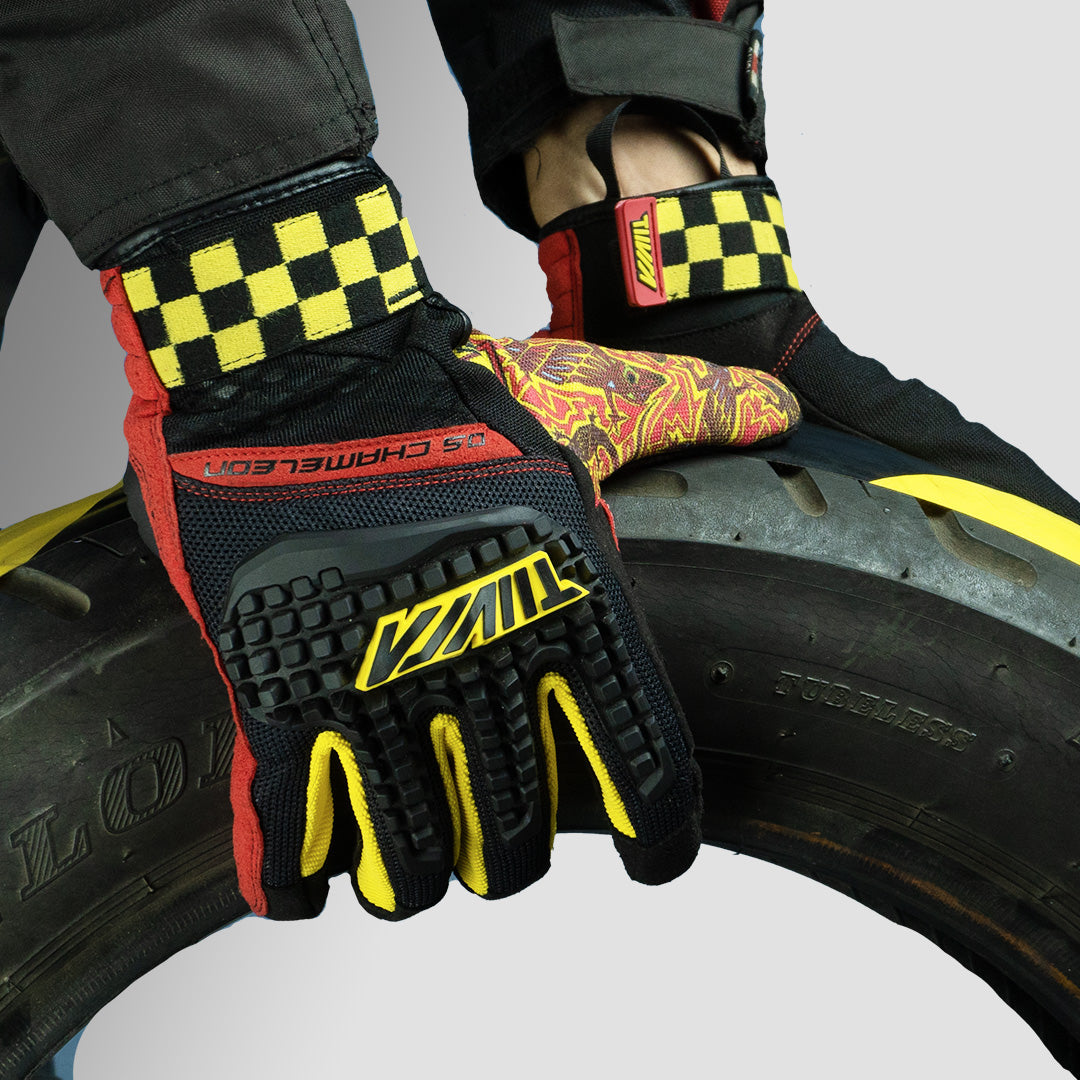For riders, choosing the right helmet is as crucial as choosing the right bike. It’s not just about style or comfort, but safety. This guide dives into the world of helmet certifications - ISI, DOT, ECE, SHARP, and SNELL - explaining what each one stands for and why they matter for your protection.
ISI (Indian Standards Institute):
The ISI mark, governed by the Bureau of Indian Standards (BIS), is specific to India. It indicates that the helmet complies with the safety standards established by BIS. This certification focuses on minimal safety requirements, including impact absorption and penetration resistance. For riders in India, an ISI-certified helmet is the baseline for safety.
DOT (Department of Transportation):
The DOT certification is a U.S. government standard. Helmets that meet DOT standards have undergone tests for impact absorption, penetration resistance, and retention strap strength. Unlike other certifications, manufacturers self-certify their helmets meet DOT standards, with random testing conducted to ensure compliance. A DOT sticker signifies that the helmet meets necessary U.S. safety requirements.
ECE (Economic Commission for Europe):
The ECE standard is more comprehensive, recognized in over 50 countries. It includes rigorous testing for impact absorption, strap integrity, and abrasion resistance. ECE-certified helmets undergo testing at independent labs before they can be sold, ensuring a consistent level of safety for riders. This makes ECE certification one of the most sought-after for its balance of safety and comfort.
SHARP (Safety Helmet Assessment and Rating Programme):
SHARP, from the UK, goes beyond standard certification tests by rating helmets on a scale from one to five stars, based on their safety features and performance in impact tests. This rating system offers an easy way for riders to understand a helmet's safety level, providing additional information on how a helmet might perform in real-world accidents.
SNELL (Snell Memorial Foundation):
SNELL standards are among the strictest, involving a series of tests including impact, penetration, and flame resistance, along with the ability to withstand rolling. SNELL certification is voluntary, with helmets undergoing independent testing by the Snell Foundation. A SNELL certification means the helmet offers superior protection, often exceeding the requirements of other standards.
Conclusion:
When it comes to choosing a helmet, understanding these certifications can help you make an informed decision. Whether it’s the basic protection of ISI, the widespread recognition of DOT and ECE, the detailed safety ratings of SHARP, or the rigorous standards of SNELL, each certification offers different levels of safety. Remember, the right helmet can make all the difference in your riding experience. Choose wisely, ride safely, and embrace the journey with confidence.




2 comments
Maximo Moto
I think ISI standard is a lenient one. Since the market demands cheaper helmets, they have purposefully kept the scrutiny light.
canadian pharmaceuticals
Everything is very open with a clear explanation of the challenges. It was really informative. Your website is very useful. Thank you for sharing!
Leave a comment
All comments are moderated before being published.
This site is protected by hCaptcha and the hCaptcha Privacy Policy and Terms of Service apply.